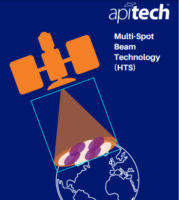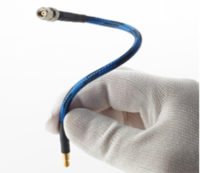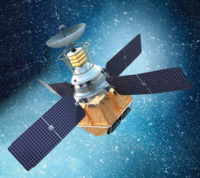Blog Posting
High-band economics: Can mmWave spectrum make 5G networks more cost effective?
GSMA’s Head of Greater China, Sihan Chen
Read More
Horns Will Help to Make 5G Millimeter Waves a Reality
Mario Leone, Owner Impulse Technologies, Inc.
Read More
The Importance of Cabling in Probe Stations for High Frequency 5G Applications
Masaru Omoto, Junkosha
Read More




